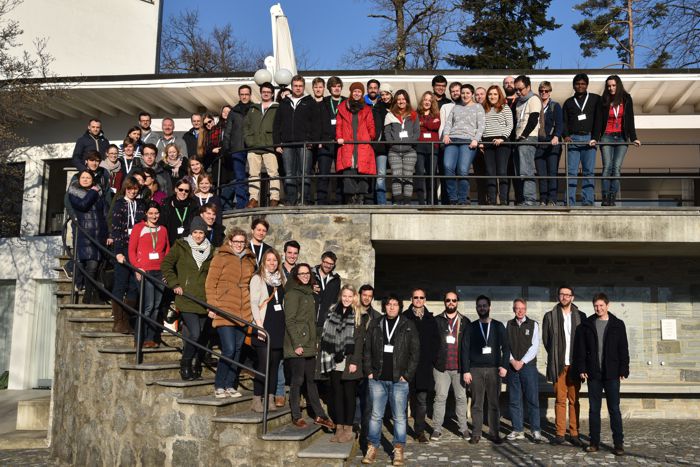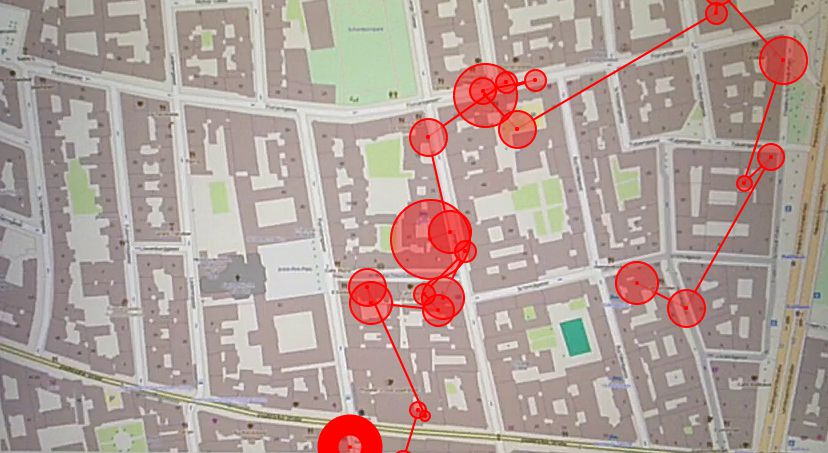We are going to host the next meeting of the Eye Tracking Interest Group Zurich (ETIZ). Everyone using, or planning to use eye tracking in their research is cordially welcome!
Date, time: Wednesday, 23rd March 2016, 17:00-19:00
Place: ETH Zurich Hönggerberg, HIL G 22
Topic: Measuring Cognitive Load with Eye Tracking
Please sign up in the Doodle to allow us plan the coffee break: http://ethz.doodle.com/poll/6ti5qbqx23wvf53g (before 16 March)
17:00 – 17:05
Welcome
17:05 – 17:20
Cognitive Load: Introduction
Christoph Hölscher, Chair of Cognitive Science, ETH Zürich
17:20 – 17:45
Cognitive Load and Eye Tracking: Overview on Methods
Andrew Duchowski, School of Computing, Clemson University, S.C., USA
17:45 – 18:15
Break
with possibility to try out a mobile gaze-based interaction system
Vasilis Anagnostopoulos, LAMETTA project, Geoinformation Engineering ETH Zürich
18:15 – 18:45
Discussion: Cognitive Load
18:45 – 18:55
Discussion: Format of ETIZ meeting











